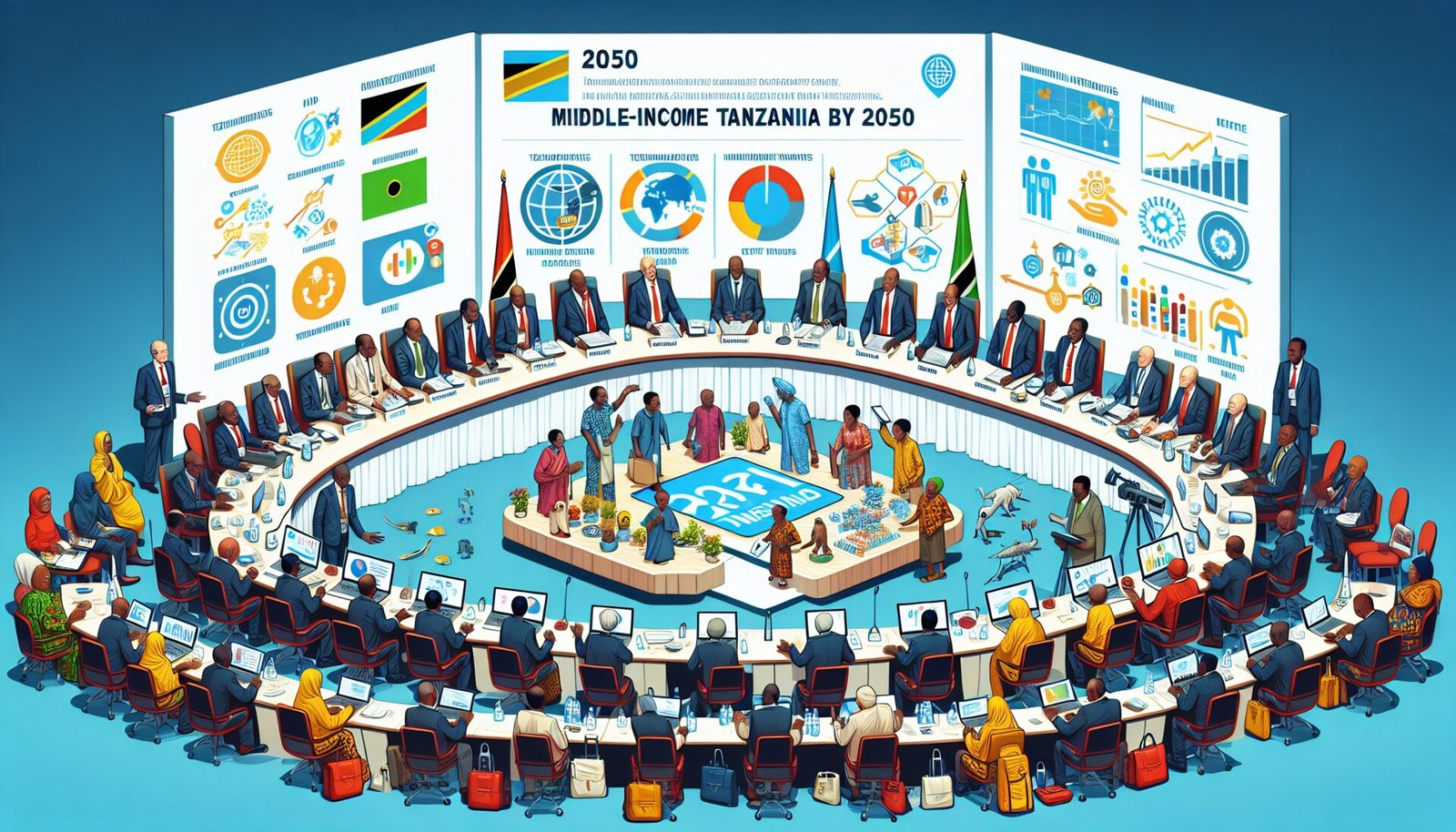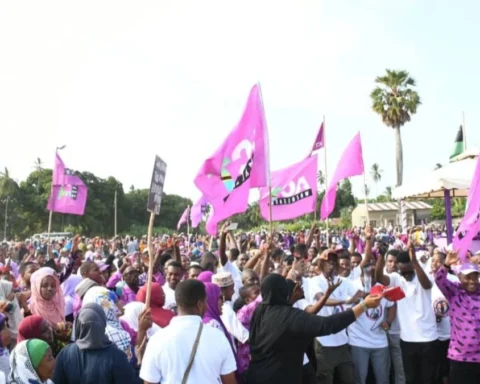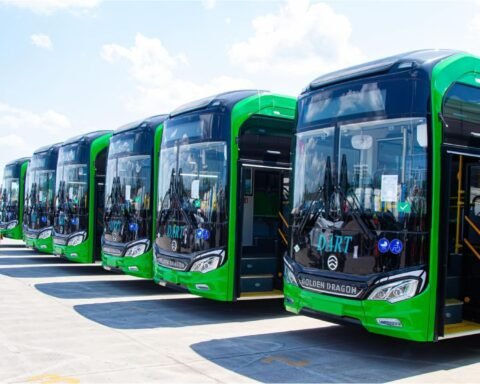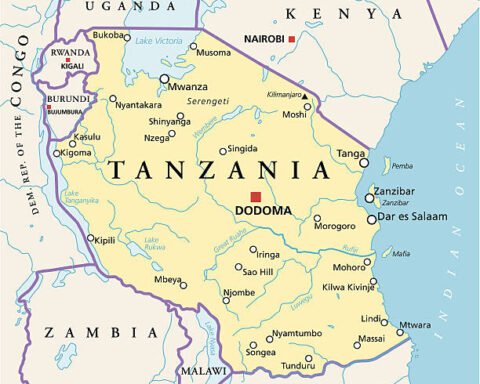President Samia Suluhu Hassan is set to officially launch the Tanzania Development Vision 2050, a national blueprint that will shape the country’s social and economic landscape over the next 25 years.
The launch, scheduled for tomorrow, follows the conclusion of Vision 2025—a strategic plan that has played a critical role in helping Tanzania navigate global economic shocks, the COVID-19 pandemic, and regional instability.
Addressing journalists in Dodoma on Tuesday, Dr. Fred Msemwa, Executive Secretary of the Planning Commission, highlighted the key milestones achieved under Vision 2025. He emphasized that while other countries in the Southern African Development Community (SADC) and East African Community (EAC) experienced stagnation or recession during the pandemic and geopolitical crises, Tanzania maintained an average GDP growth rate of 4 to 4.5 percent.
According to Dr. Msemwa, the country’s resilience was anchored in policy stability, public investment in key sectors, and a steady push for economic diversification.
“Vision 2025 built the economic pillars that allowed Tanzania to remain strong even when the global economy was under pressure,” he said.
The new Vision 2050 is expected to carry forward Tanzania’s ambition to become a middle-income, industrialized, and inclusive economy. Among the areas it will focus on are:
- Industrial growth: Enhancing domestic processing and manufacturing capabilities
- Digital transformation: Building a knowledge-based, innovation-driven economy
- Human development: Improving access to quality education, health services, and social equity
- Green economy: Promoting renewable energy, sustainable agriculture, and climate resilience
- Regional integration: Deepening trade with regional blocs like the EAC, SADC, and AfCFTA
Tanzania also aims to leverage its geographic location on the Indian Ocean coast to become a strategic logistics hub for East and Central Africa, serving landlocked neighbors like Rwanda, Burundi, and Democratic Republic of Congo.
Also Read; Kuwaiti Prince’s Faith Confession Sparks Stir
The development of Vision 2050 has been an inclusive process, involving consultations with citizens, private sector stakeholders, youth organizations, and experts from various fields. The plan also aligns with Agenda 2063 of the African Union and the United Nations Sustainable Development Goals (SDGs).
Dr. Msemwa emphasized that Vision 2050 is more than an economic document—it’s a statement of national intent.
“It defines where we want to go as a country. It reflects our shared aspirations and our collective commitment to achieving them,” he said.
Tanzania’s experience with Vision 2025 offers important lessons. The government succeeded in attracting foreign direct investment (FDI), expanding infrastructure (including the Standard Gauge Railway), and increasing enrollment in secondary and higher education.
However, challenges remain: youth unemployment, bureaucratic delays, and limited access to finance for small businesses continue to hinder inclusive growth. Vision 2050 intends to address these by strengthening institutional accountability and promoting public–private partnerships (PPPs).
With Vision 2050, Tanzania is signaling to the world that it is ready to take bold steps toward inclusive and sustainable development. The road ahead will require strong leadership, citizen participation, and consistent policy execution.
The official launch by President Samia, who has positioned herself as a champion of innovation, diplomacy, and reform, is expected to set the tone for the next phase of Tanzania’s transformation.







